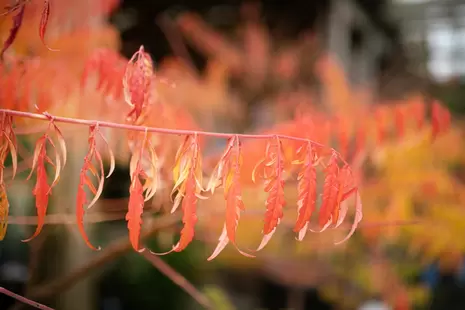Currants & Goosberries
Bush fruits (currants and gooseberries) are excellent for cooking, jams, jellies and wine making. Because the bushes are extremely hardy, they are suitable for growing over a wide range of climatic conditions.
Location
Plant currants and gooseberry bushes in full sun to partial shade. They bloom very early in the spring and are so are susceptible to late-spring frost injury. Make sure to avoid planting in low lying “frost pockets.”
Soil
Although capable of growing over a wide range of conditions, they prefer well drained silt or clay soil. Bush fruits are heavy feeders so liberal amounts of compost or well-rotted manure should be worked into the soil before planting.
Planting Distance
In the home garden, a minimum spacing of 1.5m (5’) is recommended for red currants and gooseberries, and 1.8m to 2.1m (6’ to 7’) is suggested for black currants. However, slightly wider spacing may be preferred for ease of picking.
Mulching
After planting, currants and gooseberries should be mulched to help the soil retain water and heat as well as prevent weed growth. Mulch can be straw, leaves, compost or mushroom manure and should be spread 2.5cm to 5cm (1” to 2”) deep around the plants. Bushes should be mulched twice a year, once during the spring and once in the fall.
Fertilizing
Bushes must be strong and healthy to produce top yields of large berries, so make sure you have rich soil and regularly add compost/manure or fertilizers. If using a commercial fertilizer, such as All-purpose 6-8-6, then be sure to read and follow all the suggestions for use and rates of application (printed on the packaging).
Pruning
Prune in the late winter or early spring, when the shrubs are dormant. Remove everything except strong, upright growing canes.
Black currants produce the best fruit on one-year old wood. Each spring prune out the old and weak canes, leaving six to nine newer canes.
Gooseberries and red currants produce fruit on two to three-year old wood. So, wood older than three years should be removed. You should aim to have two to four strong new canes each year but try to limit it to less than eight to nine canes per bush. Because gooseberries and red currants produce fruit on spurs, any long canes should be shortened to promote side branching, which will result in more fruiting spurs.
Insects and Disease
There are two main difficulties associated with growing currants and gooseberries, the currant fruit fly (small white maggots in the fruit) and powdery mildew (whitish, powdery fungus growth on the leaves and fruit). The fruit fly can be controlled by using floating row covers during the adult emergence stage, tarps under the shrubs to prevent the flies from pupating in the soil, and/or removal of any fallen berries. Powdery mildew is best prevented with good air circulation, so make sure to prune your bushes. If it still persists then sprays can be applied during the growing season as required. Powdery mildew is especially severe on European cultivars of gooseberries.

